Every breath you take
Those of you who train with me may tire of my repetition of the word “breathe”. However, nothing is more essential to our well-being than breathing. We do it on average 25,000 times a day. And yet, most people are not breathing correctly.
The science of breath
James Nestor’s new book Breath: The New Science of a Lost Art, posits that breathing is the singular most important aspect of life, as well as fitness. A breathing seminar for healthcare professionals I recently attended echoed this position.
Research shows us that the way we inhale and exhale can jump-start athletic performance, rejuvenate internal organs, and reverse certain autoimmune diseases. However, if not done properly, breathing can adversely impact the heart, brain, digestion, the immune system, and even posture.
Dysfunctional breathing
Breathing is either functional or dysfunctional. Dysfunctional breathing includes hyperventilation, mouth breathing and upper chest breathing. It causes an inability to take a deep and satisfying breath. Dysfunctional breathing is known to cause disruptions in our body.
It affects our pain threshold, increases muscle fatigue, and increases blood pressure and heart rate. Add to that snoring, sleep apnea and asthma. Upper chest breathing can also cause poor stabilization, resulting in poor posture.
Functional breathing
So how should we breathe? To begin with, breathe less. Take slower, deeper breaths. Breathe through your nose. It is better adapted to filter the air and promotes a deeper breath. Use your diaphragm when you breathe, pushing the air down into your lower abdomen. During exercise, inhale on the relaxation and exhale during the exertion.
If you are an athlete, this will have a remarkable positive influence. Take some time each day to practice functional breathing. Take control of your breath. You need to be the pilot, not the passenger…one breath at a time.
By the same author: Snow fit (Click the image below)
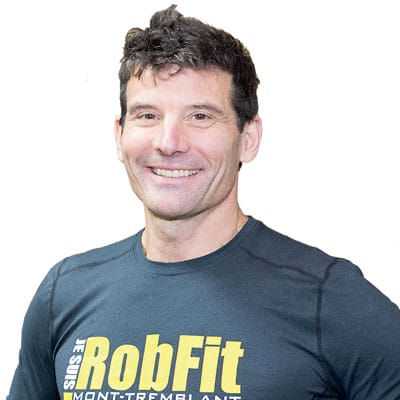
Robert Roy118 Posts
Kinésiologue reconnu, Robert Roy utilise l’exercice à des fins de prévention, de réhabilitation et de développement athlétique. Il cumule plus de 30 ans d’expérience auprès d’athlètes de tous les niveaux. Il a fondé le Quartier Général RobFit afin d’offrir un environnement d’entraînement hors pair dans la région. / Well-known kinesiologist and seasoned professional, Robert Roy uses exercise for its preventive and rehabilitative virtues as well as for athletic development. With over 30 years of experience with athletes of all levels, he founded and leads the RobFit KinCenter, the preeminent kinesiology facility in the region.





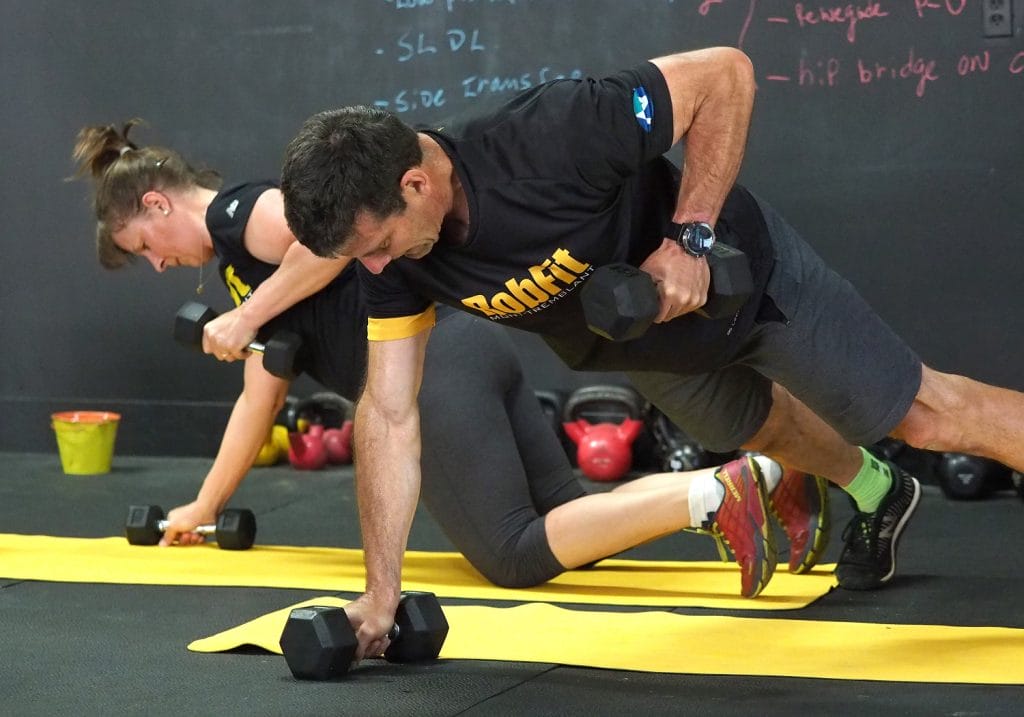

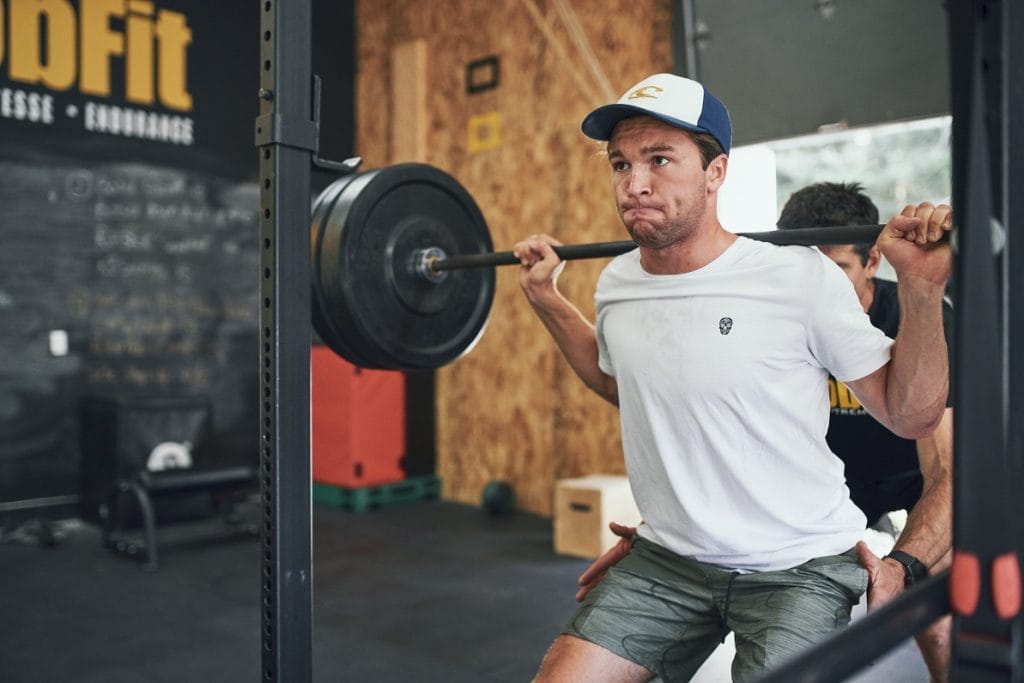


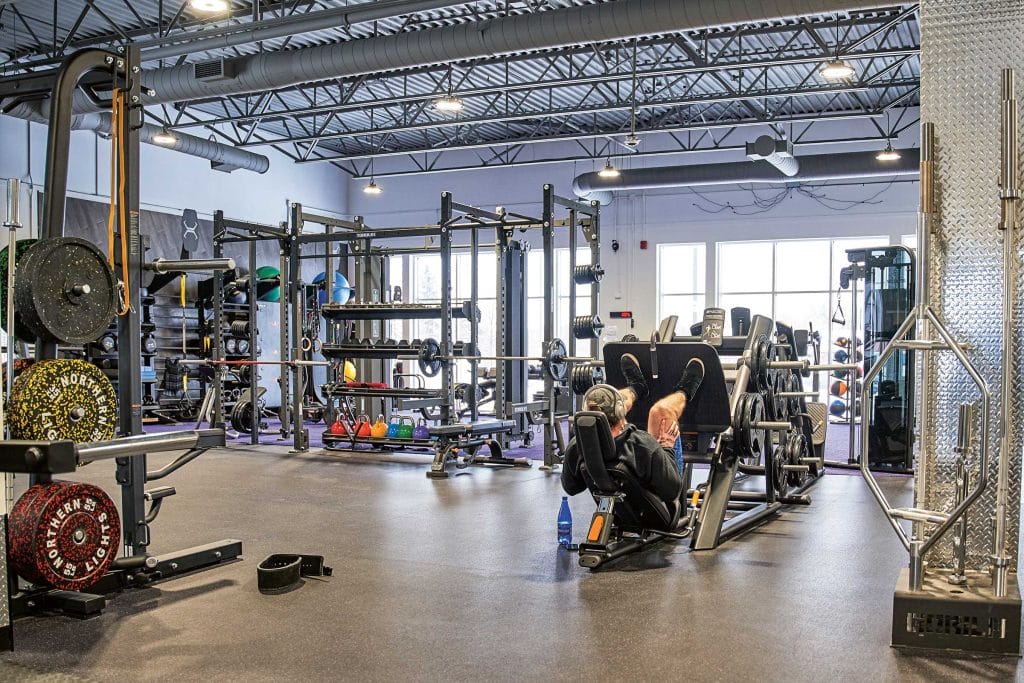

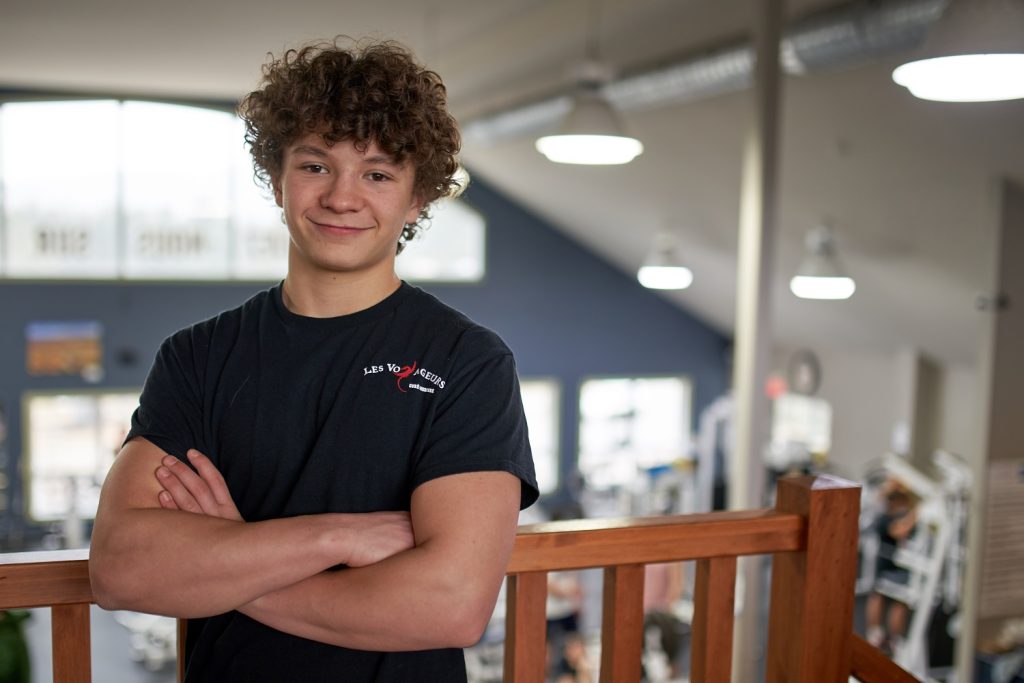
0 Comments